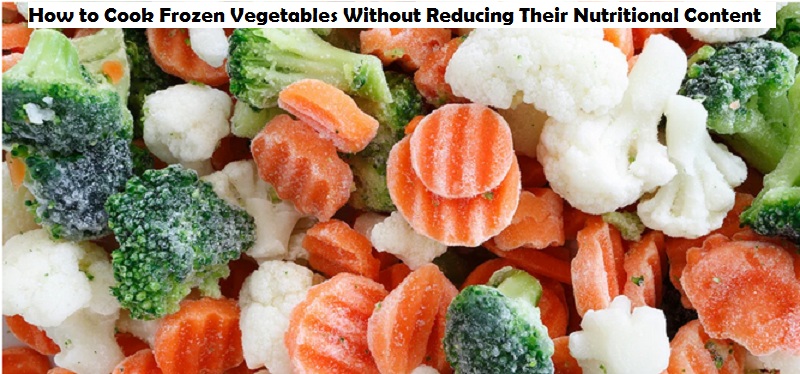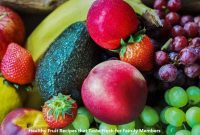How to cooking frozen vegetables requires careful consideration. They can’t be cooked like freshly purchased vegetables. With proper preparation, frozen vegetables can still offer a wealth of nutrients and nutrients, making them safe and healthy to consume. For example, when eating steak, consider reheating frozen vegetables. This saves time during cooking.
Furthermore, frozen vegetables are now readily available, often purchased at supermarkets. However, making frozen vegetables is relatively easy. Simply prepare the vegetables and a container without using preservatives. Homemade frozen vegetables can last for several months. Furthermore, the nutritional content of the vegetables is maintained with proper and hygienic processing. Frozen vegetables can be customized to suit your tastes and needs.

How to Cooking Frozen Vegetables to Stay Healthy
Cooking frozen vegetables is relatively easy. However, be sure to know the type and how to prepare them carefully. Not all frozen vegetables can be prepared the same way.
Therefore, adjust the preparation accordingly. For example, stir-frying frozen vegetables is the simplest method. Simply prepare oil and seasonings for sautéing. Be sure to add the seasonings at the end of the stir-fry to enhance the flavor. The cooking time is between 5-7 minutes, depending on the desired doneness.
Steaming frozen vegetables is a good way to prepare them, as frozen vegetables are usually boiled before freezing. Steam the vegetables for approximately 10 minutes, or until cooked through. However, preparing frozen vegetables with other ingredients is recommended, as they are best used in soups, stews, or curries. This enhances the flavors of the main ingredients.
How to Prepare Frozen Vegetables
If you already know how to cooking frozen vegetables, now there’s a smart method for making them. So, you don’t need to constantly buy them at the store; you can make them at home. Here’s how to prepare frozen vegetables:
Selecting and Cleaning
The first step in preparing frozen vegetables is sorting and cleaning. Select fresh vegetables to freeze, such as broccoli, carrots, green beans, and peas. Ensure they are in good condition and fresh. Afterward, wash the vegetables thoroughly to remove dirt and pesticide residue. When cutting the vegetables, ensure they are sized according to the recommended frozen storage size.
Blanching Vegetables
The next step is to blanch the vegetables, which involves boiling them in boiling water for approximately 2-3 minutes. This process stops enzyme activity, kills bacteria, and preserves their color and texture. Afterward, transfer them to a bowl filled with ice water or cold water to reduce the risk of further heating.
According to a YouTube video by Food Chain TV, frozen vegetables are more nutritious than fresh vegetables. This freezing process locks in nutrients that might degrade over time in fresh produce at home. The vitamins C and E in frozen vegetables last much longer than fresh vegetables after a few days. Frozen vegetables aren’t just for side dishes; they can be used in a variety of dishes, such as stews, smoothies, soups, and stir-fries. The texture of vegetables is also more consistent and of better quality, especially in spinach and peas.
There are many reasons why most people choose frozen vegetables. Besides being easy how to cooking frozen vegetables also retain their nutritional content, even significantly better.



